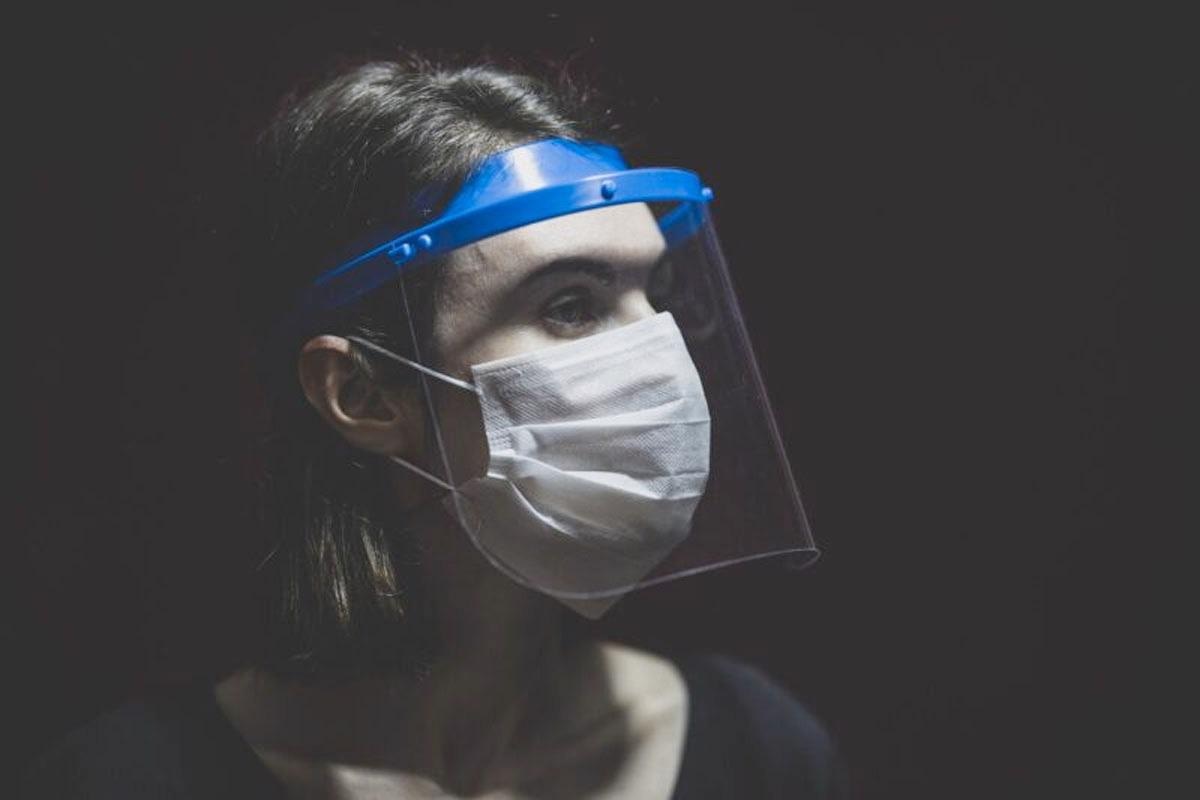ISI has won funding to produce a fluorescent imaging device that could provide a solution to dwindling stocks of PPE by determining contamination levels on used equipment and wearables after they have been through simple cleaning processes.

This will enable the PPE and equipment to be assessed to determine how often PPE needs replacing, reducing unnecessary waste. The funding is part of the Government’s Fast Start competition with the successful projects being overseen by Innovate UK, part of UK Research and Innovation.
A major issue occurring during the COVID-19 pandemic is a global shortage in Personal Protection Equipment (PPE). This has mostly been due to the sudden onset and rapid progression to pandemic status, coupled with a supply chain prepared to accommodate the requirements for industry and healthcare, rather than mass public panic buying. There are several solutions to this global shortage going forwards; increase the supply chain, but this must be sustainable, produce different products for the mass market, or, make better use of the available PPE, either through re-use or better understanding of how often PPE needs replacing. The latter also helps combat another global threat, climate change, by reducing waste and encouraging increased re-use.
Whilst front line healthcare professionals clearly require appropriate PPE to ensure their own and their patient’s safety, accurately assessing the state of certain PPE could make a substantial difference to the availability as a whole. Whilst close contact PPE, such as gloves, must obviously be changed with extreme regularity, the guidance is less proscribed for other forms of PPE, such as face shields or reusable respirators. Here the advice is clear but only qualitative (e.g. damaged, soiled, difficult to use). If the state of in-use PPE could be assessed quickly and reliably, waste could be reduced and contamination further minimised. Current Centers for Disease Control guidelines state it is preferable to use PPE beyond its lifetime rather than go without. Similarly, simple cleaning procedures may be sufficient to allow continued use of PPE that would previously have been discarded.
Dr Jonathon Storey, Director at IS-Instruments said: “Winning funding under the “Business-led innovation in response to global disruption” call had a particular significance for me and was cause for a celebration in the household. About the time the call came out we found out my uncle had been admitted to hospital with COVID-19 and sadly died a week later. The feeling of impotence was extreme, especially as I live over 200 miles away. Whilst the call was not specifically aimed at mitigating COVID-19, I wanted to use our capability to assist with this and future, pandemics. Writing the application helped me to deal with the frustrations of being unable to help or even say goodbye. Our device will look for a fluorescent response of the virus and other contamination on hard surfaces, such as PPE, with a system that could be deployed in a healthcare setting. This should give an indication of whether a piece of PPE, like a face shield, is safe to use. Whilst this won’t bring my uncle back, I hope it could help save other lives in the future.”
ISI will assess the feasibility of producing a simple device based on fluorescent imaging to measure the state of in-use PPE and PPE after simple cleaning processes that could be carried out in a healthcare setting. It is likely the same technology could be used to assess the cleanliness of in-situ equipment/facilities after decontamination (e.g. monitors, beds). This device could also have applications in the food production industry to ensure that food preparation areas and packaging produces no onward contamination through the food supply chain.
Dr Michael Foster, Director, IS-Instruments, commented: “Most PPE is made from plastic and COVID-19’s global nature has meant a significant rise in plastic pollution with significant environmental impact. An option to limit that waste is to clean PPE where possible allowing for reuse, however, this option is often met with suspicion. Having a reliable, portable system capable of comprehensively checking PPE and equipment and confirming it’s clean would enable it to be reused. It’s a sustainable option that doesn’t compromise the safety of healthcare professionals on the front line. Being able to determine the efficacy of cleaning procedures available in a healthcare scenario in relation to PPE and equipment has the potential to save time, resources and most importantly, lives.
Our system could also be used to track how the virus is physically transferred from one area to another. This could be computer modelled to help with containing future outbreaks by the development of targeted strategies to mitigate the transfer of the disease.”